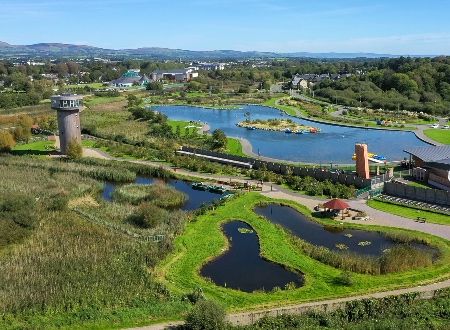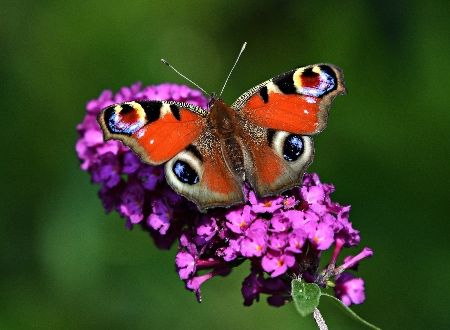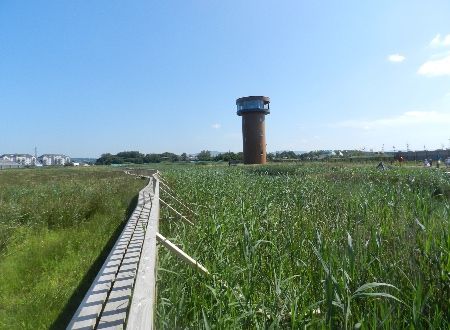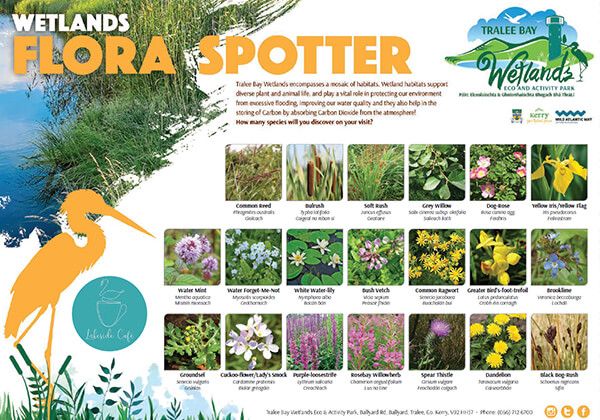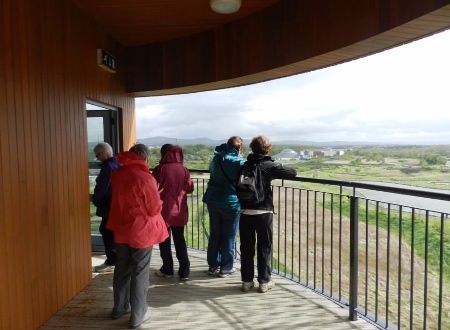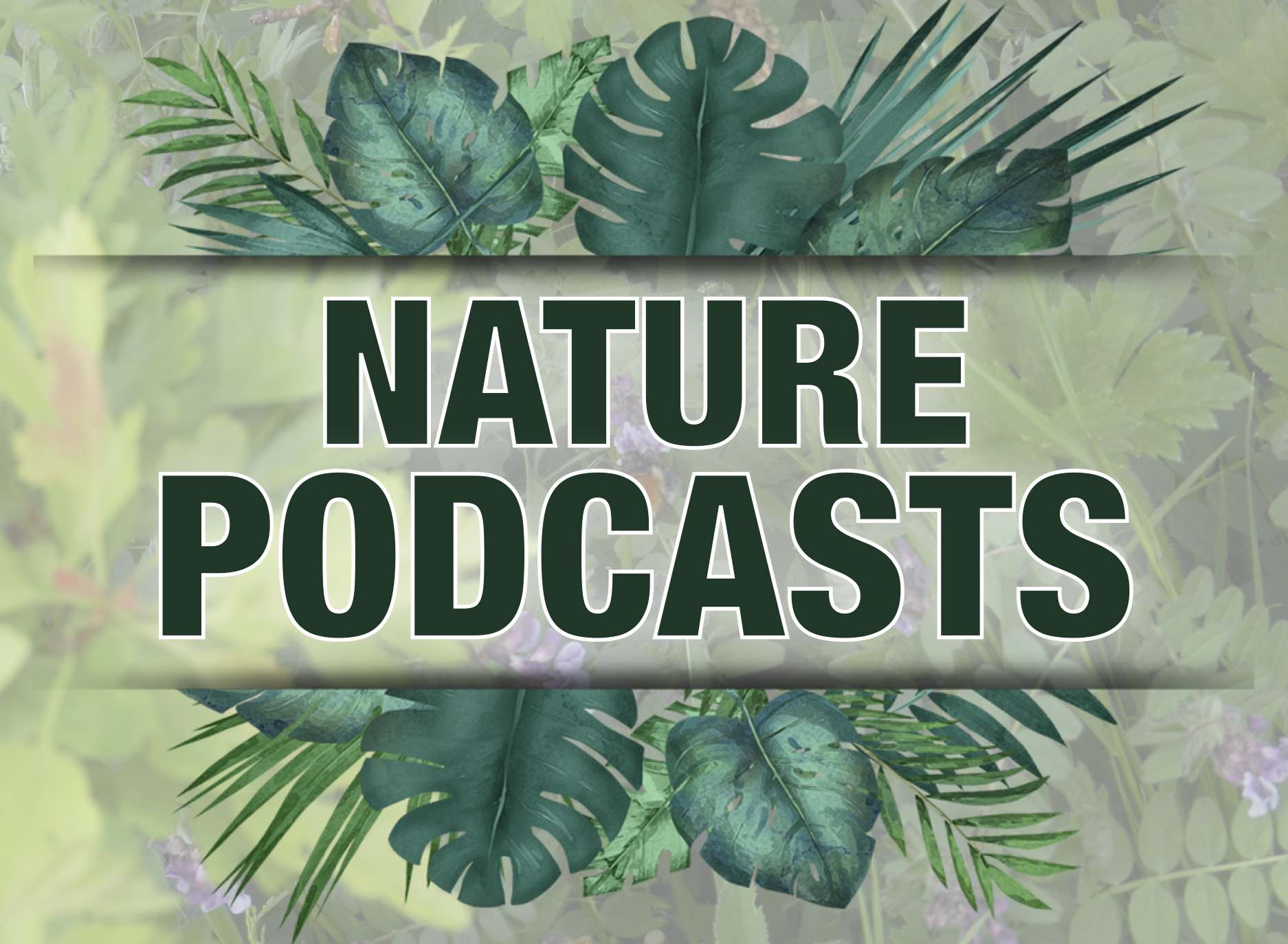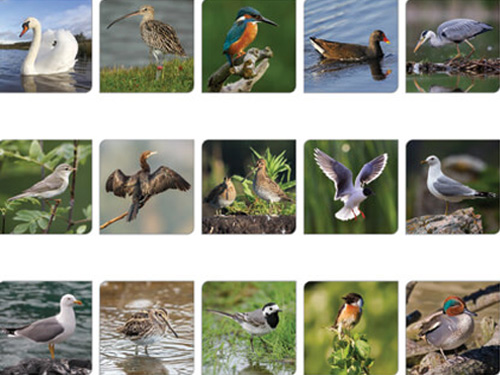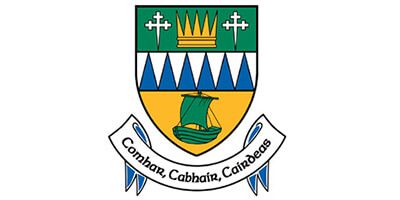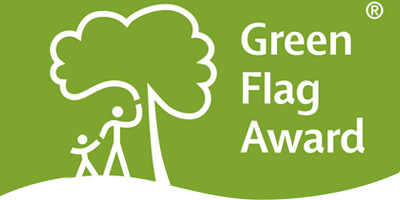The Natural Heritage of Tralee Bay
Tralee Bay is an important area for Ireland’s Natural Heritage, a Natura 2000 site comprising of a very diverse range of Coastal and Wetland Habitats that are important both Nationally and Internationally. Natura 2000 is the centrepiece of European Nature and Biodiversity Policy and consists of an EU-wide network of nature protection areas established under the 1992 Habitats Directive. The Bay is a Special Area of Conservation (SAC) designated by Ireland under this directive, as well as a Special Protection Area (SPA) under the 1979 Birds Directive. Additionally, the Bay was among the first Irish Sites to be designated under the International RAMSAR Convention, a treaty which provides the Framework for National Action and International Cooperation for the Conservation and wise use of Wetlands and their resources.
Both the River Lee and Owenmore Estuaries feature wide expanses of sheltered intertidal flats, often fringed with Saltmarsh vegetation. These flats are extremely important wintering habitat for several threatened wildfowl species, most notably European Golden Plover and Bar-Tailed Godwit. The Bay is also home to internationally important numbers of Wintering Wetland Birds like Teal, Whooper Swans and Pale-bellied Brent geese, which feed on the extensive Eelgrass Beds found in the Eastern part of the Bay.
The fixed Sand-Dunes and Dune Slacks at Magharabeg are among the most species-rich examples of these threatened Habitats in Ireland, supporting, in particular, the largest breeding population of Natterjack Toads in Ireland. Large numbers of European Otter are active around the River Estuaries and Lagoons. Breeding Habitats for two protected Bird Species, Peregrine Falcon and Red-billed Chough, are found on the Slieve Mish Mountains to the South of the Bay. The largest Irish breeding population of Hen Harrier is found to the North in the Stacks Mountains. The Site has also wonderful examples of Flooded Alluvial Woodland Remnants, such as Ballyseedy Wood, which is home to several rare species like the Killarney Fern and the Lesser Horseshoe Bat.




